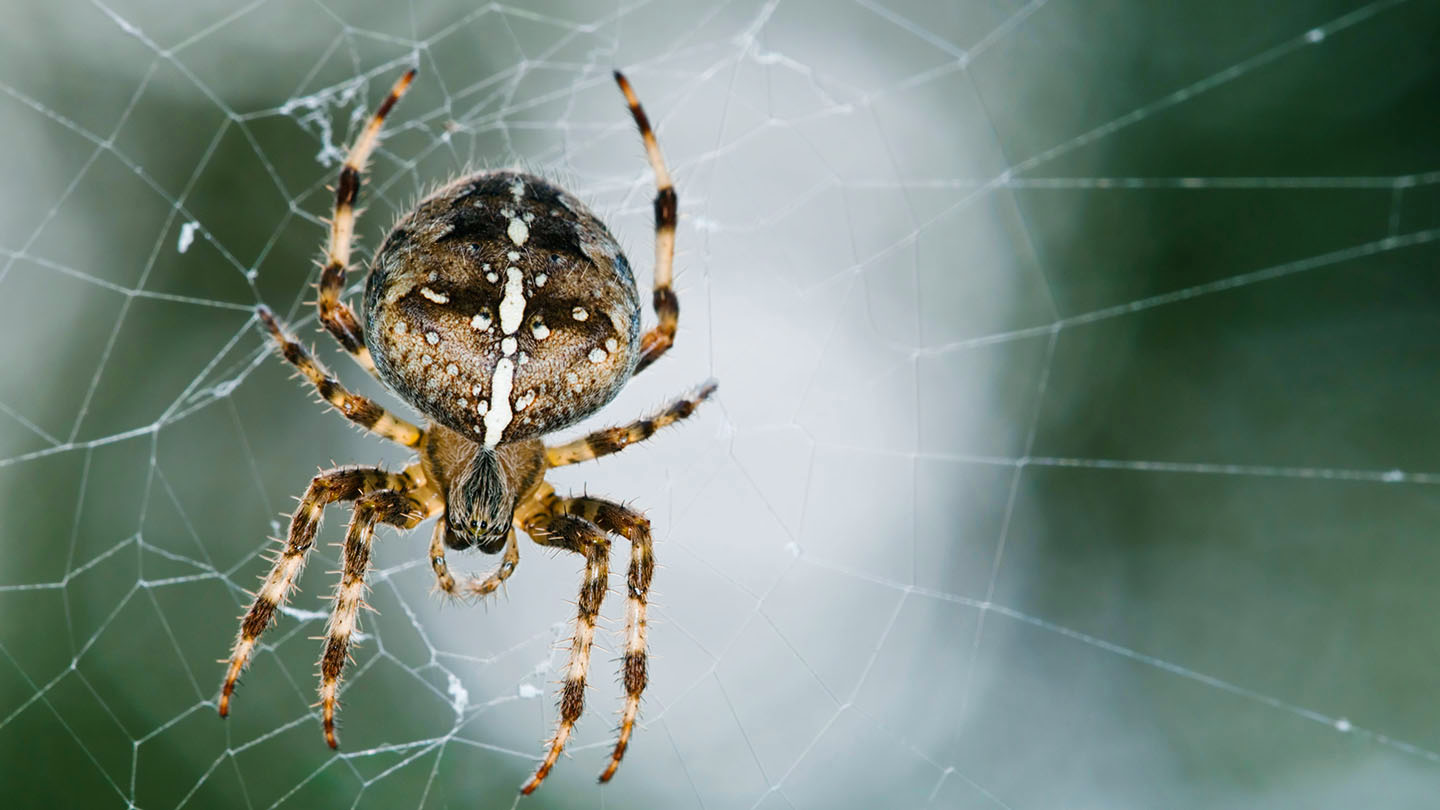

Articles
What Do Garden Spiders Eat
Modified: December 6, 2023
Discover what garden spiders eat and how to maintain a healthy garden with our gardening tips. Uncover the secrets of these helpful predators.
(Many of the links in this article redirect to a specific reviewed product. Your purchase of these products through affiliate links helps to generate commission for Storables.com, at no extra cost. Learn more)
Introduction
Garden spiders, scientifically known as Araneus diadematus, are fascinating creatures that play a crucial role in maintaining the balance of ecosystems. These spiders are commonly found in gardens, parks, and other green spaces, where they spin intricate webs to capture their prey. Understanding the dietary habits of garden spiders is essential for gardeners and nature enthusiasts alike, as it sheds light on the delicate dynamics of the natural world.
In this article, we will delve into the world of garden spiders and explore their feeding behaviors. We will discover what garden spiders eat, how they select their prey, and the factors that influence their food choices. So, let’s unravel the secrets of these remarkable arachnids and gain a deeper appreciation for the role they play in our gardens and beyond.
Key Takeaways:
- Garden spiders are skilled predators, feasting on a variety of insects and arthropods that become ensnared in their intricate webs. Their unique feeding behaviors and dietary preferences reflect their crucial role in maintaining ecosystem balance.
- Factors such as prey availability, seasonal variations, and web construction influence the food choices of garden spiders. Understanding these dynamics provides valuable insights into the delicate interconnectedness of species within ecosystems.
Read more: What Does Garden Lizards Eat
General Characteristics of Garden Spiders
Garden spiders are part of the orb-weaver family, which is known for their intricate and symmetrical circular webs. These spiders typically have a round or oval-shaped body, with a distinct pattern of markings on their abdomen that resembles a cross or a series of diamonds. Their coloration can vary greatly, ranging from pale yellow to dark brown or even black.
One of the most striking features of garden spiders is their size. While females can grow up to 1 inch in length, males are significantly smaller, measuring around half an inch. This sexual dimorphism is common among spiders, where females are generally larger and more robust to accommodate their role in reproduction.
Garden spiders are known for their impressive spinning skills. They construct large, circular webs made of silky threads that are incredibly strong and elastic. These webs serve as both their hunting grounds and their primary means of capturing prey. Garden spiders are highly efficient at repairing and maintaining their webs, ensuring that they remain in top condition to attract unsuspecting insects.
While garden spiders are predominantly found in gardens, they can also be seen in meadows, forests, and other areas with vegetation. They are well-adapted to their environment and have a remarkable ability to camouflage themselves to blend in with their surroundings.
Despite their intimidating appearance, garden spiders are harmless to humans. They are not aggressive and will only bite in self-defense if they feel threatened. Their primary focus is on catching and consuming their preferred prey, rather than engaging in confrontations.
Now that we have explored the general characteristics of garden spiders, let’s dive deeper into their dietary habits and discover what fills their menu.
Diet of Garden Spiders
Garden spiders are carnivorous creatures, and their diet primarily consists of insects and other arthropods. They are skilled predators, relying on their well-crafted webs to ensnare their unsuspecting prey. These spiders patiently wait for their next meal, positioned strategically in the center of their web or in a hiding spot nearby.
When an insect becomes entangled in the web, the vibrations alert the garden spider, allowing it to spring into action. The spider swiftly approaches the trapped prey, immobilizing it with its venomous bite. It then uses its specialized mouthparts to inject digestive enzymes into the prey, liquefying its internal organs and transforming it into a liquid meal.
Once the prey is liquefied, the garden spider consumes it by sucking up the nutrient-rich liquid. The remains of the insect or arthropod are discarded, often falling to the ground below the web. This process ensures that garden spiders obtain the necessary nutrients to survive and thrive in their environment.
It is worth noting that garden spiders are not picky eaters and will consume a wide variety of insects and arthropods that become trapped in their webs. However, their diet preferences and choices can vary based on factors such as availability, seasonality, and local food sources. The next section will explore the prey selection of garden spiders in more detail.
Prey Selection of Garden Spiders
Garden spiders exhibit a remarkable ability to identify, capture, and consume a diverse range of prey. While they don’t discriminate between insects and arthropods that become trapped in their webs, they do display certain preferences for specific types of prey.
One of the most common prey items for garden spiders is flying insects. Mosquitoes, flies, moths, and butterflies are frequent victims of their webs. These flying insects are attracted to the bright colors and fragrances of flowers in the garden, which inadvertently leads them into the waiting traps of the garden spiders.
Garden spiders also have a penchant for capturing crawling insects such as ants, beetles, and grasshoppers. These ground-dwelling insects may stumble upon the web or inadvertently get caught while exploring their surroundings. Regardless of how they end up in the web, they become a delectable treat for the hungry garden spider.
Interestingly, garden spiders are known to have a preference for larger prey. They are more likely to capture and consume insects that are similar in size or slightly smaller than themselves. This selective behavior may be attributed to the energy efficiency of capturing larger prey, as it provides a substantial meal that can sustain the spider for a longer period.
While garden spiders primarily rely on their webs to catch their prey, they are also capable of engaging in active hunting. Sometimes, they leave their webs and use their excellent vision and agility to pursue and capture insects that are in close proximity. This hunting behavior allows them to diversify their diet and supplement their food intake when necessary.
It’s important to note that the prey selection of garden spiders may vary depending on their geographic location, prevailing environmental conditions, and the available food sources in their immediate surroundings.
In the next section, we will delve into the common insects and arthropods that are often found on the menu of garden spiders, providing a glimpse into their diverse culinary preferences.
Garden spiders primarily eat insects such as flies, mosquitoes, and grasshoppers. To attract more prey to your garden, consider planting flowers and herbs that attract insects, such as marigolds, lavender, and dill.
Common Insects and Arthropods Eaten by Garden Spiders
Garden spiders are opportunistic predators and will capture and consume a wide range of insects and arthropods that find themselves entangled in their intricate webs. Some of the most common prey items that garden spiders feast upon include:
- Mosquitoes: These blood-sucking pests are a favorite meal for garden spiders, especially in areas where they are abundant. The vibrations created by the buzzing wings of mosquitoes often alert the spiders to their presence, leading to a successful capture.
- Flies: Whether they are house flies, fruit flies, or other types of flies, these insects frequently find themselves trapped in the sticky silk threads of a garden spider’s web. Flies provide a substantial source of nutrition for the spiders.
- Moths and Butterflies: These graceful and delicate insects are often attracted to the nectar of flowers, which makes them easy targets for garden spiders. The vibrant colors and fluttering movements of moths and butterflies make them highly visible and appealing to these arachnids.
- Beetles: Both flying and crawling beetles become unsuspecting victims of garden spiders. From ladybugs to ground beetles, these insects can inadvertently land in the spider’s web while searching for food or shelter.
- Ants: Ground-dwelling ants are not safe from garden spiders either. When ants unknowingly come into contact with the sticky strands of the web, they quickly become immobilized and succumb to the spider’s predatory tactics.
- Grasshoppers and Crickets: These jumping insects may not be the easiest prey for garden spiders, but their relatively large size makes them a tempting target. The spiders employ their cunning and agility to capture these powerful and elusive insects.
It is important to note that while these insects and arthropods are commonly consumed by garden spiders, their diet can vary depending on factors such as geographical location, seasonal availability, and local ecosystem dynamics.
In the next section, we will explore the unique feeding behaviors of garden spiders, showcasing their fascinating adaptations and strategies for capturing their prey.
Read more: What Do Gardeners Do
Unique Feeding Behaviors of Garden Spiders
Garden spiders have evolved several unique feeding behaviors that contribute to their success as predators. These behaviors showcase their remarkable adaptations and strategies for capturing and consuming their prey.
One of the most notable feeding behaviors of garden spiders is their ability to wrap their captured prey in silk before consuming it. After immobilizing the trapped insect or arthropod with a venomous bite, the spider quickly surrounds it with a cocoon of silk. This silk-wrapping serves multiple purposes. It helps to keep the prey securely in place, prevents other insects from scavenging the meal, and preserves the captured prey for future consumption.
Garden spiders also demonstrate an incredible ability to manipulate their web and control its movements. When a struggling insect becomes entangled in the sticky threads, the spider can detect the vibrations and determine the location of the prey. It then moves with precision and agility, aligning itself with the trapped insect while avoiding contact with the web. This careful navigation ensures that the spider can approach the prey and deliver its venomous bite without getting entangled in its own web.
Another fascinating feeding behavior observed in garden spiders is their efficient consumption of the liquefied prey. After injecting digestive enzymes into the captured insect or arthropod, the spider extracts the resulting liquid meal by drawing it into its mouth through a process called “sucking up.” This method allows the spider to maximize the nutrient intake from its prey while leaving behind the less nutritious exoskeleton.
Furthermore, garden spiders have the ability to incorporate elements from their surroundings into their webs to enhance their hunting efficiency. Some garden spiders attach objects like leaves, twigs, or debris to their webs, creating additional barriers and concealing their presence. These modifications aid in camouflage and make it more difficult for prey to detect and avoid the web, increasing the spider’s chances of a successful capture.
These unique feeding behaviors not only showcase the remarkable adaptations of garden spiders but also highlight the intricate interplay between these creatures and their environment. By employing various strategies and techniques, garden spiders have evolved to become highly efficient predators in their ecosystem.
In the next section, we will explore the factors that influence the food choices and dietary preferences of garden spiders.
Factors Influencing Garden Spider’s Food Choices
The food choices and dietary preferences of garden spiders are influenced by several factors that shape their hunting behavior. These factors play a crucial role in determining what prey they target and consume:
- Availability of Prey: The abundance and availability of specific prey in their environment greatly influence the food choices of garden spiders. They are opportunistic predators and will target the most accessible and abundant prey species in their surroundings.
- Seasonal Variations: The composition of the spider’s diet may vary seasonally, depending on the lifecycle and seasonal activity of different insects and arthropods. For example, during the warmer months, garden spiders may encounter more flying insects, while in cooler months, they may have to adapt to capturing ground-dwelling prey.
- Web Construction and Placement: The design and location of the spider’s web can influence the types of insects that become trapped. For instance, a web positioned in close proximity to flowering plants may attract more flying insects, while a web situated on the ground may capture crawling insects.
- Size and Strength: Garden spiders have a preference for capturing prey that is similar in size or slightly smaller than themselves. Larger prey provides a greater amount of energy and nutrients, making it more beneficial for their survival and reproductive success.
- Local Ecosystem Dynamics: The specific ecosystem in which the garden spider resides can influence its food choices. Factors such as the presence of certain plant species, the abundance of predators, and the availability of alternative food sources can all impact the types of insects and arthropods present in the spider’s environment.
Additionally, it is important to note that garden spiders possess innate instincts and genetic predispositions that influence their food choices. These traits have been shaped by millions of years of evolution, allowing them to optimize their hunting efficiency and maximize their chances of survival.
Understanding the factors that influence garden spider’s food choices can provide valuable insights into the delicate balance of ecosystems and the interconnectedness of species within them. By studying their dietary habits, researchers can gain a deeper understanding of the impact that these remarkable arachnids have on the natural world.
Now that we have explored the factors influencing their food choices, let’s conclude our journey into the dietary habits of garden spiders.
Conclusion
Garden spiders, with their intricate webs and fascinating feeding behaviors, are captivating creatures that play an essential role in the ecosystem. Through their selective predation and dietary habits, these spiders help maintain the delicate balance of insect populations in gardens, parks, and other green spaces.
We have discovered that garden spiders are carnivorous creatures, primarily feasting on insects and other arthropods that become trapped in their webs. From mosquitoes and flies to beetles and grasshoppers, a wide range of prey falls victim to the skillful hunting techniques of these arachnids.
Their ability to wrap their captured prey in silk, navigate their webs with precision, and efficiently consume the liquefied remains highlight their unique feeding behaviors. These behaviors have evolved over time to ensure their survival and optimize their nutrient intake.
However, the food choices of garden spiders are influenced by various factors, including prey availability, seasonal variations, web construction and placement, size and strength, and local ecosystem dynamics. These factors shape their hunting behavior and determine the types of prey they target and consume.
Understanding the dietary habits and feeding behaviors of garden spiders provides valuable insights into the intricate web of interactions within ecosystems. By studying these remarkable arachnids, researchers and nature enthusiasts gain a deeper appreciation for the complex dynamics of our natural world.
Next time you come across a garden spider spinning its web in your garden, take a moment to observe and appreciate the role it plays in maintaining the delicate balance of nature. These small creatures are powerful predators, silently contributing to the intricate tapestry of life.
So, let us marvel at the hunting strategies, skillful web weaving, and fascinating dietary habits of garden spiders, reminding us of the incredible diversity and interconnectedness of the natural world.
Frequently Asked Questions about What Do Garden Spiders Eat
Was this page helpful?
At Storables.com, we guarantee accurate and reliable information. Our content, validated by Expert Board Contributors, is crafted following stringent Editorial Policies. We're committed to providing you with well-researched, expert-backed insights for all your informational needs.
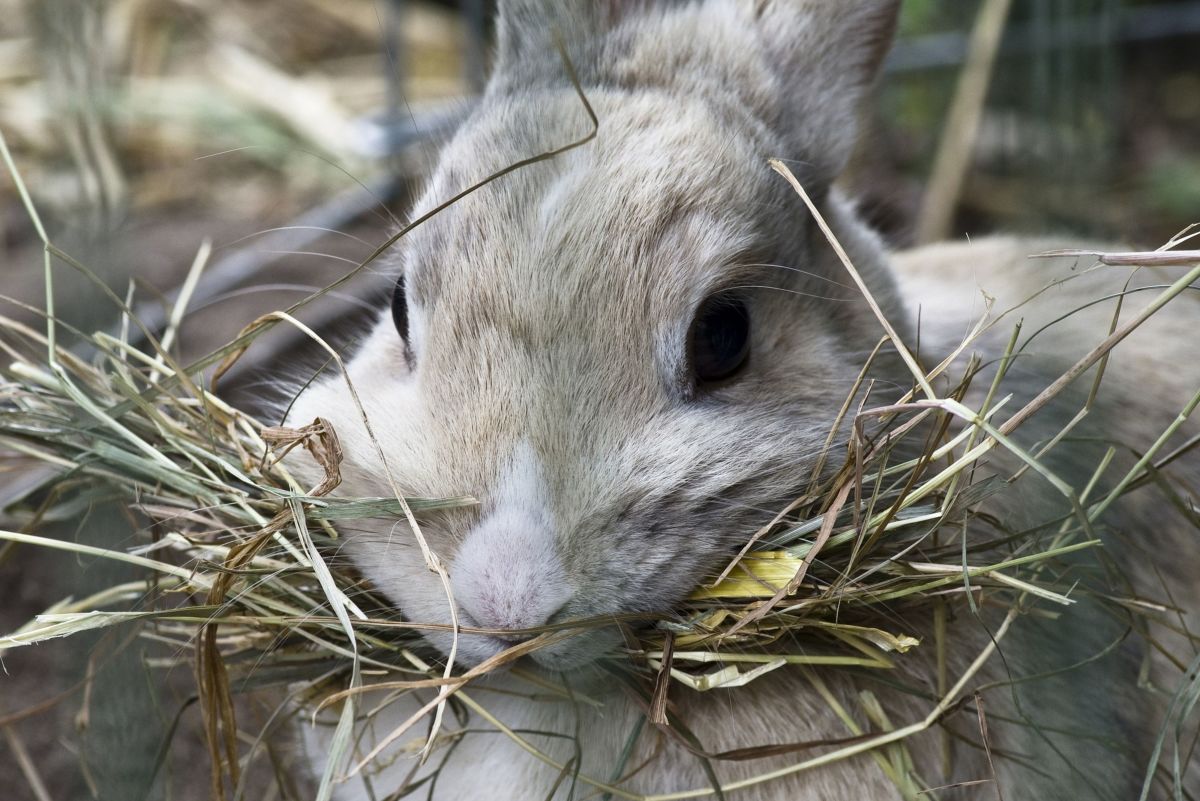

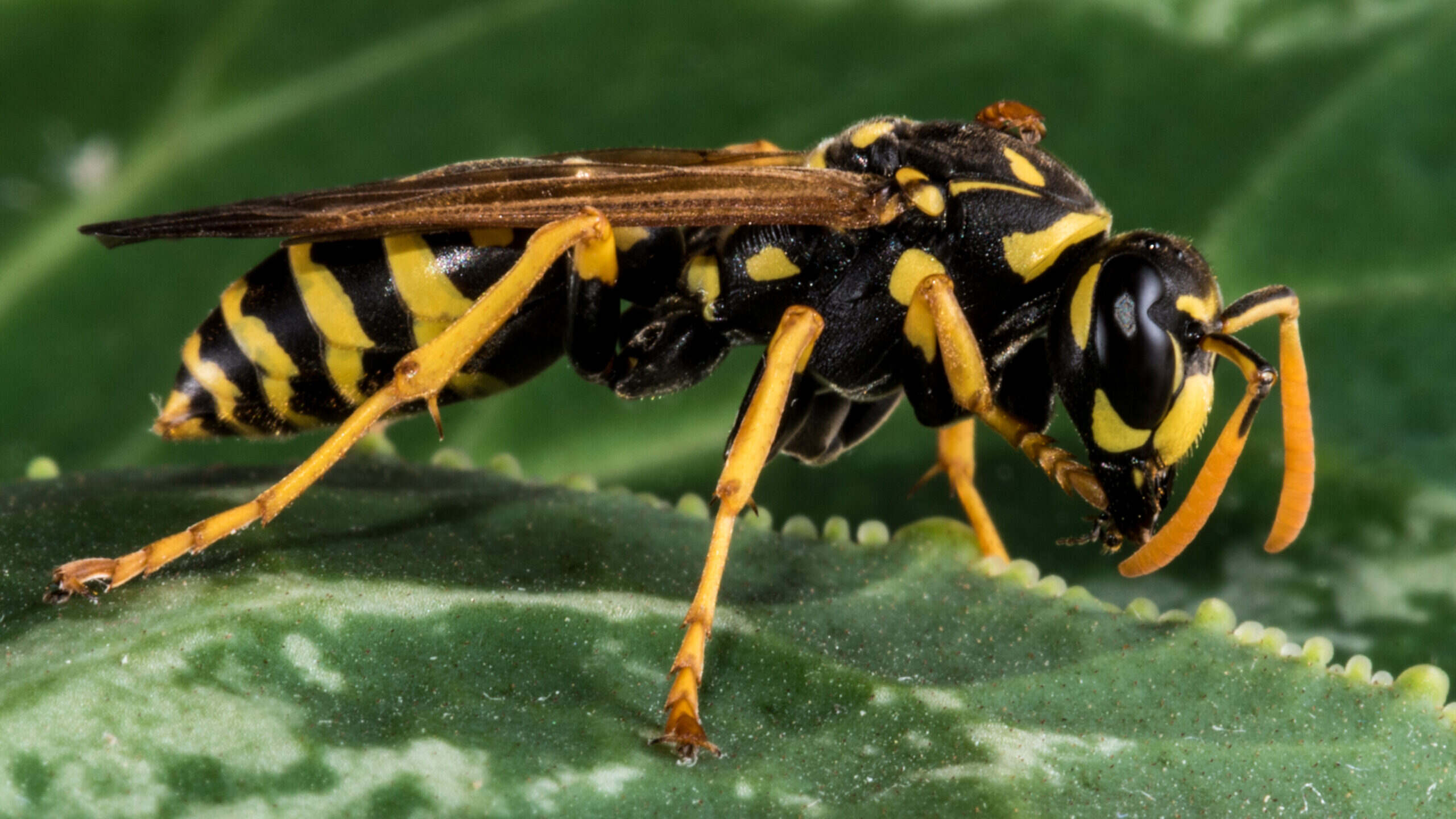
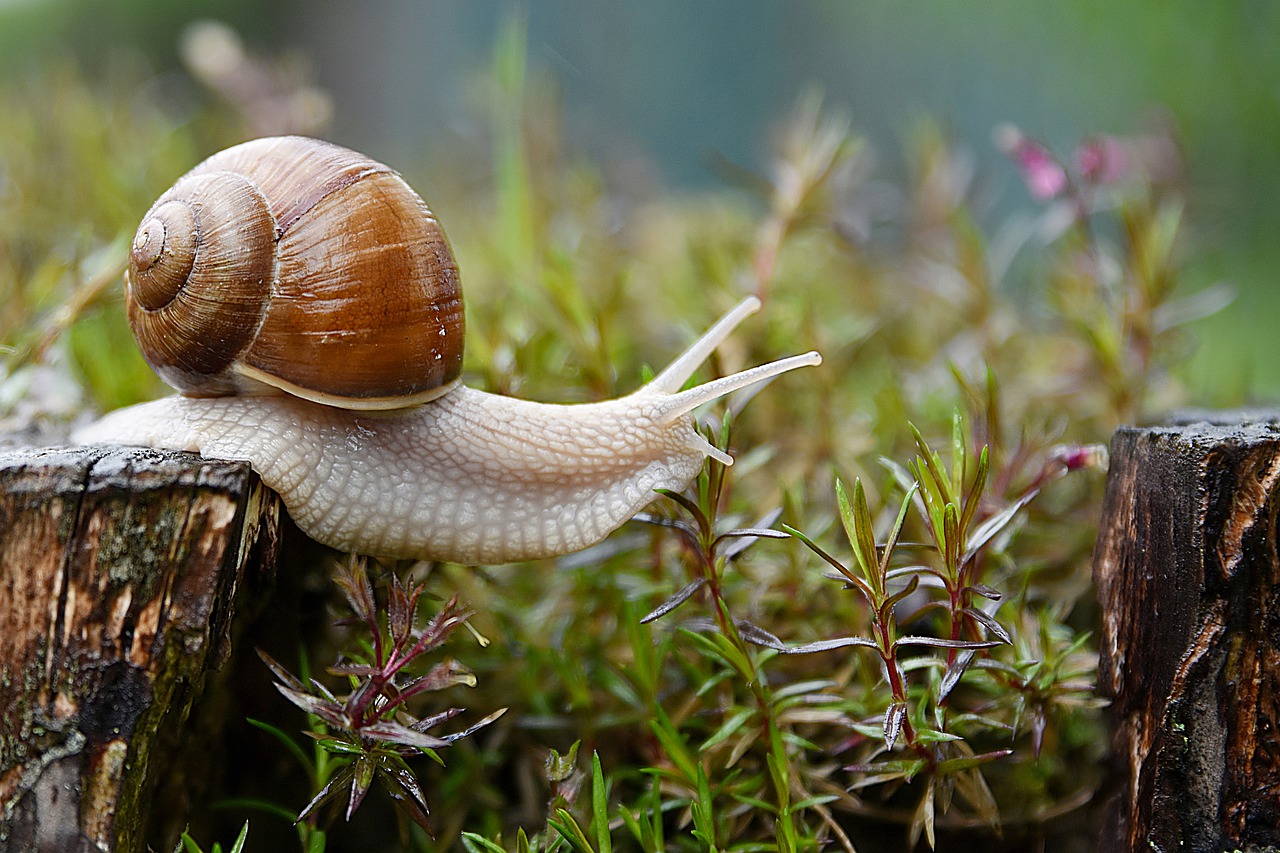
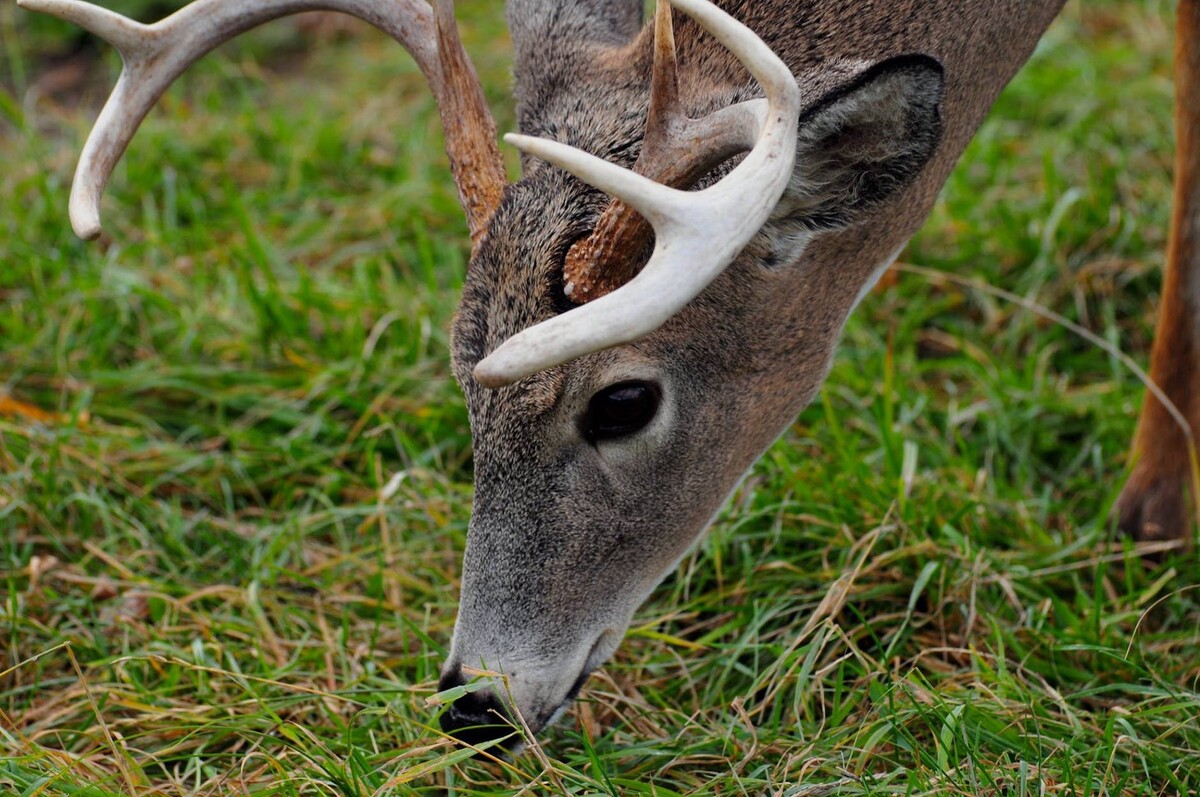
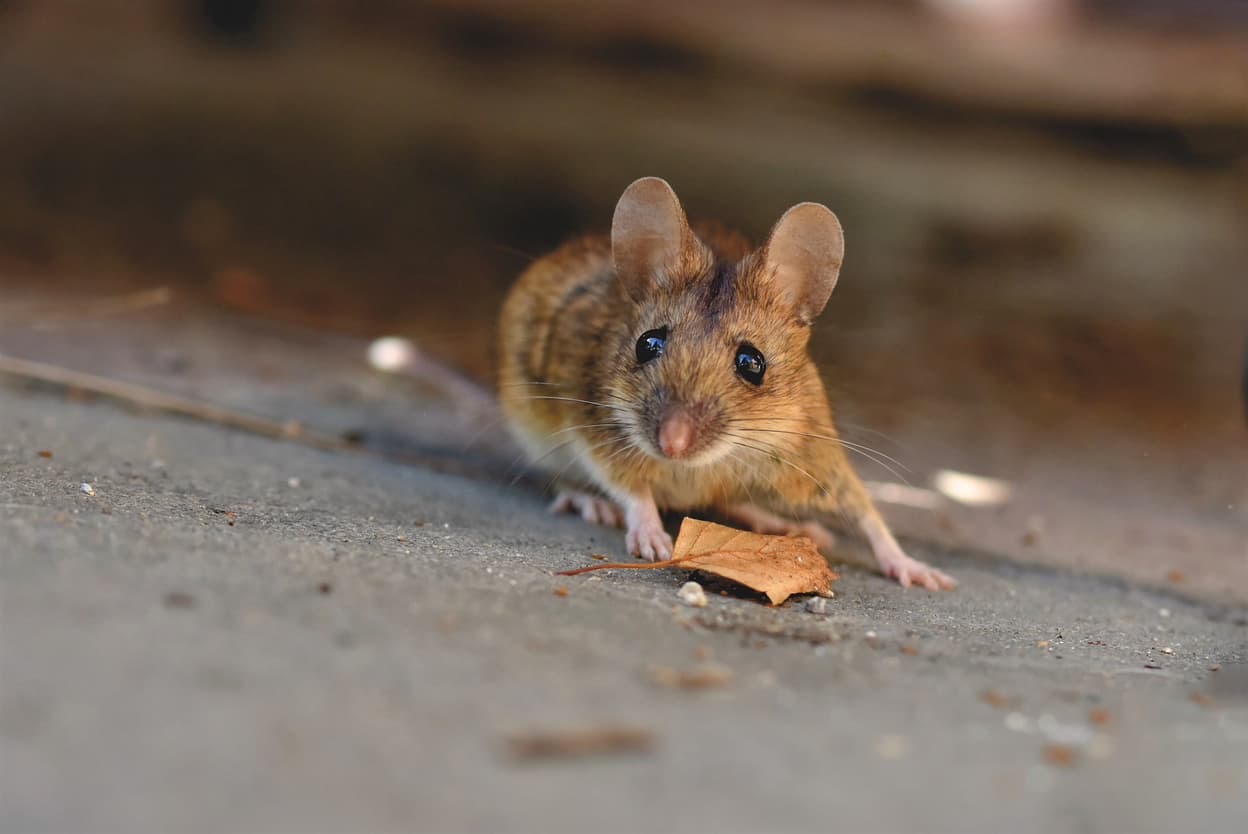
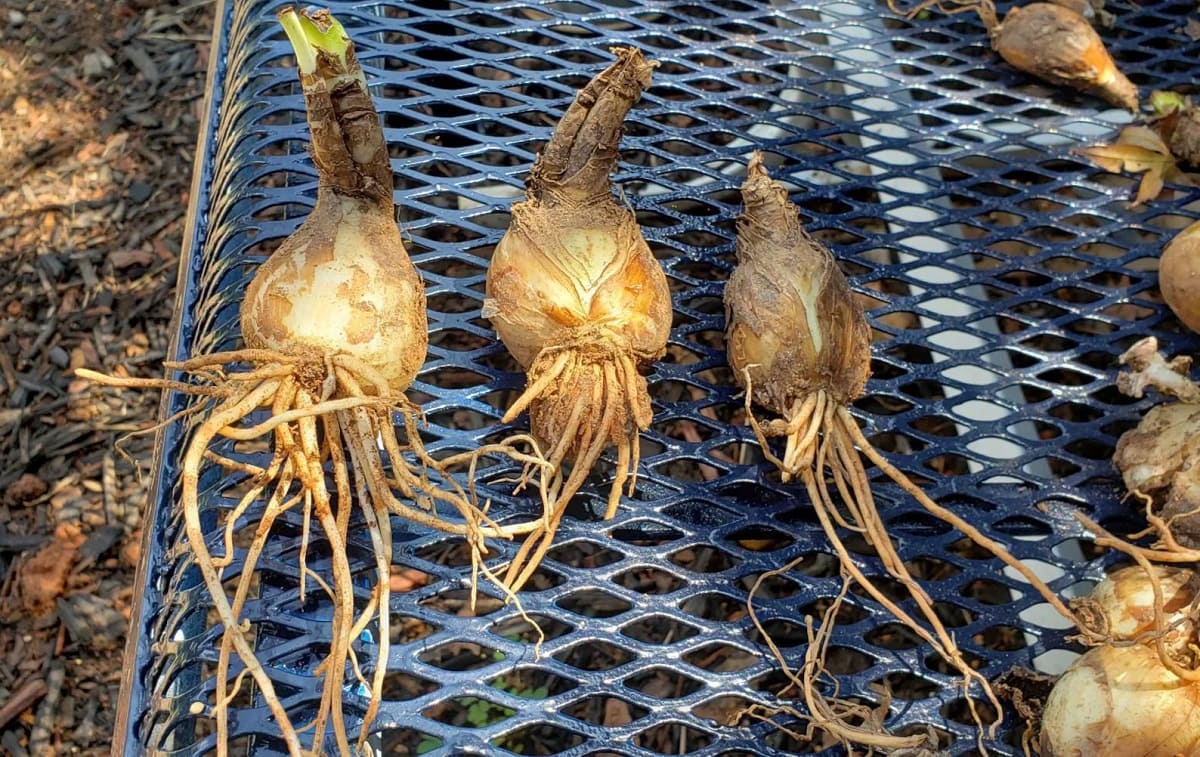
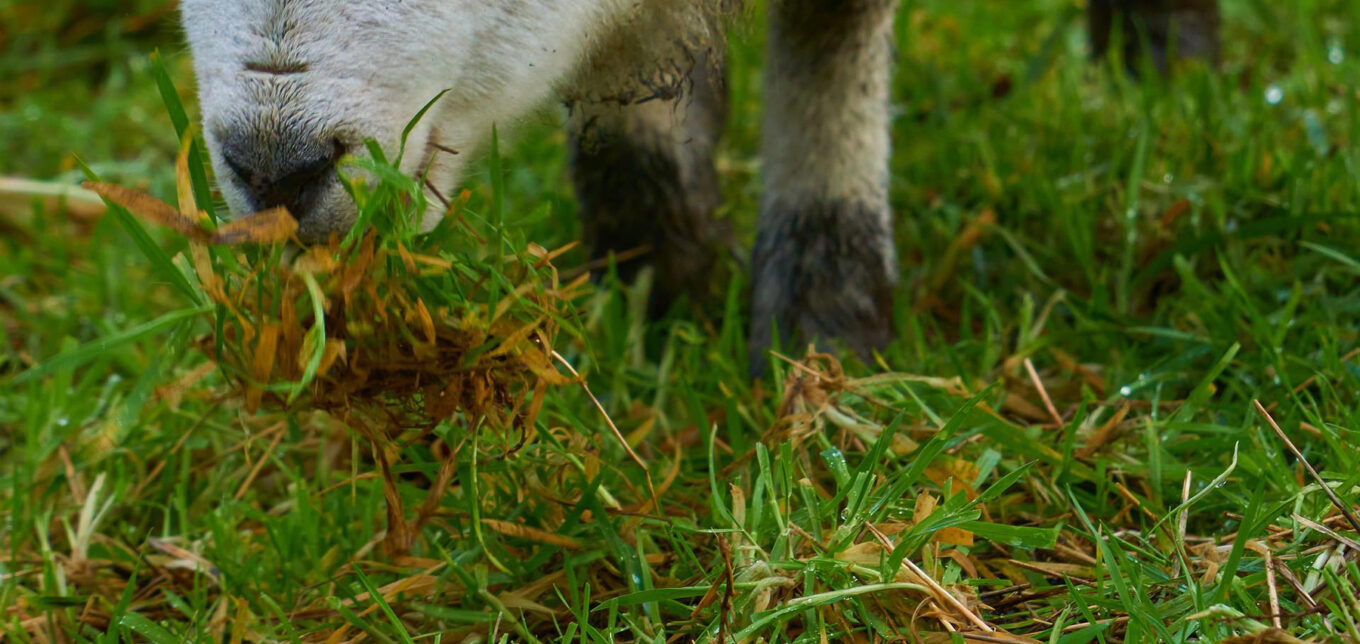
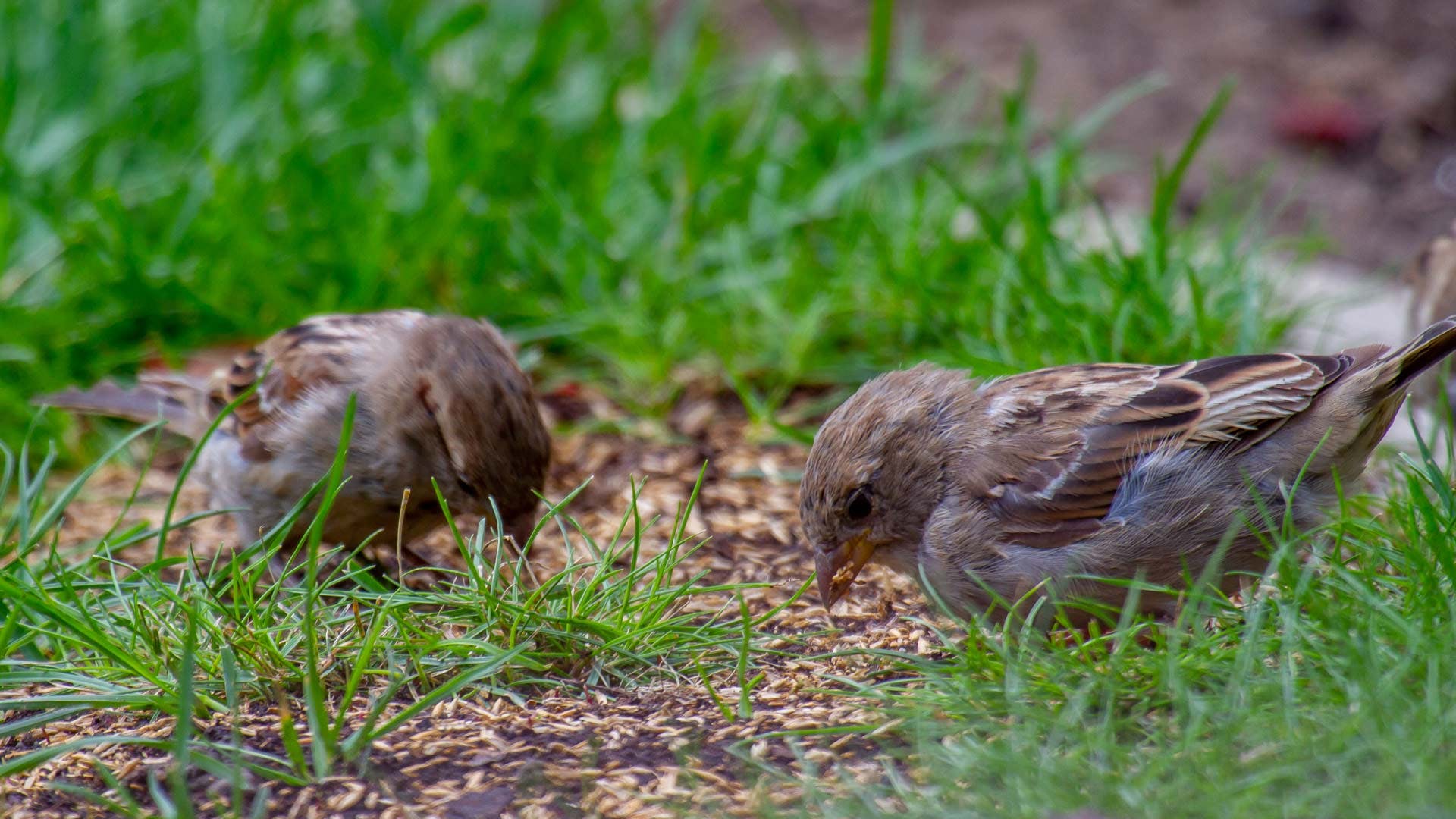
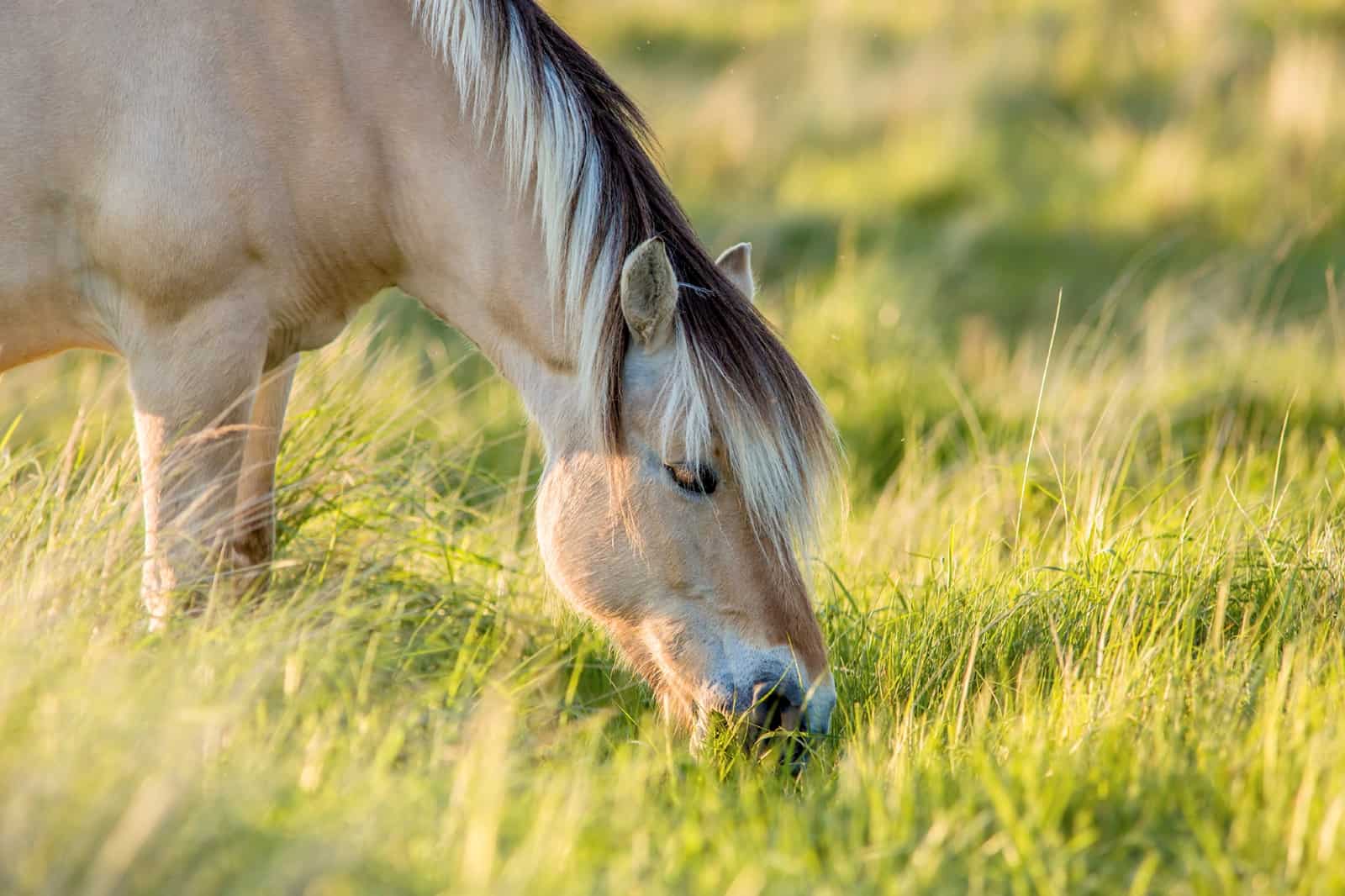

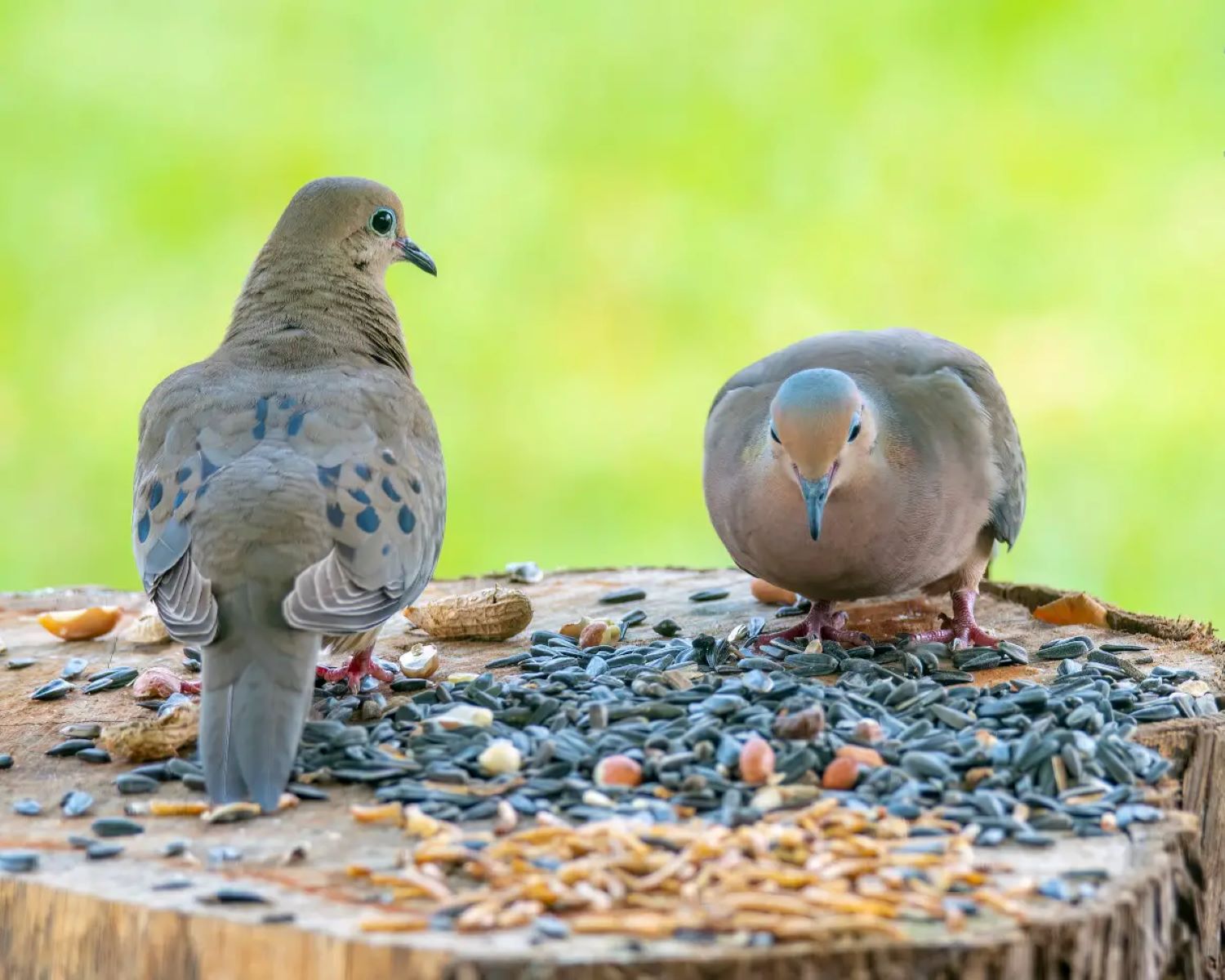
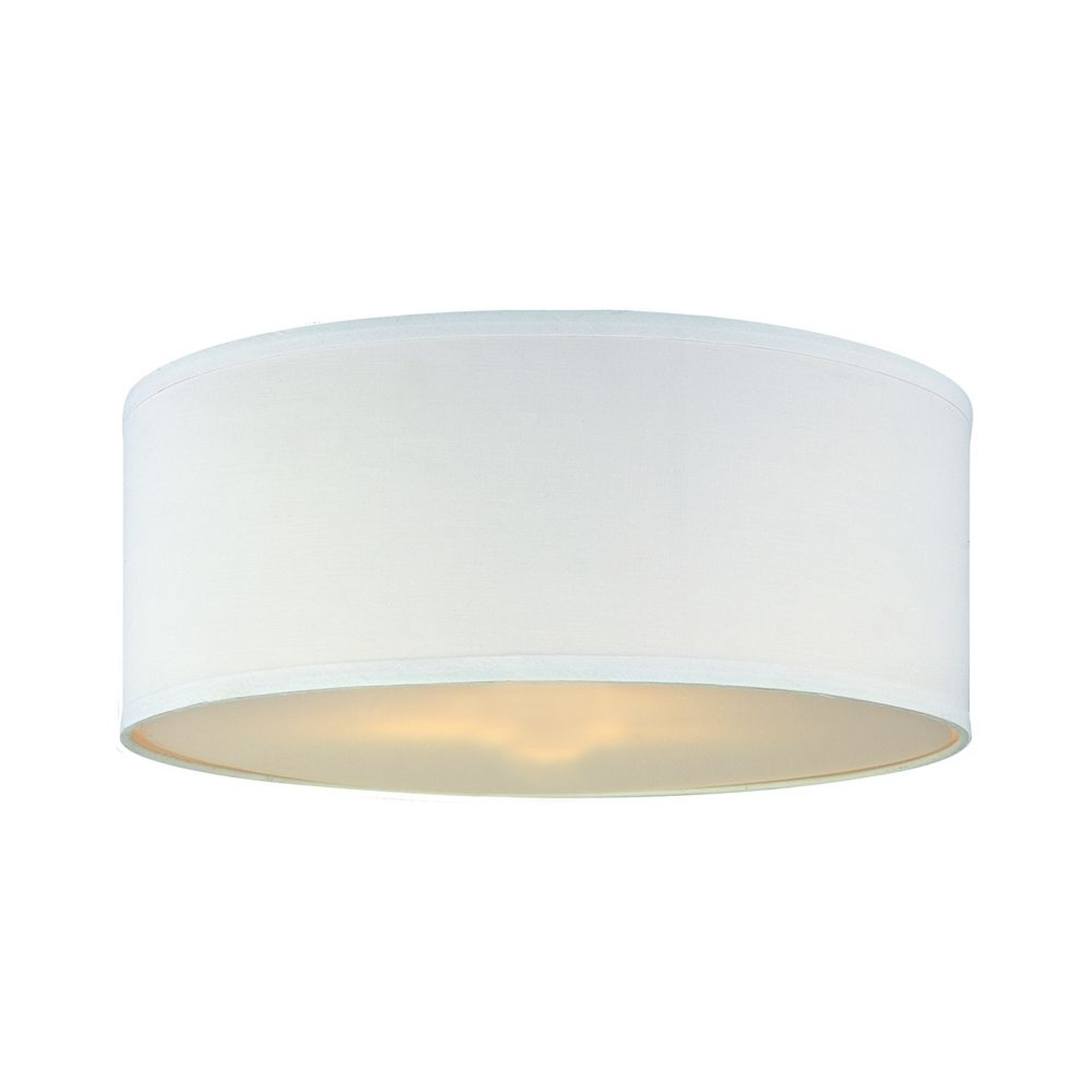
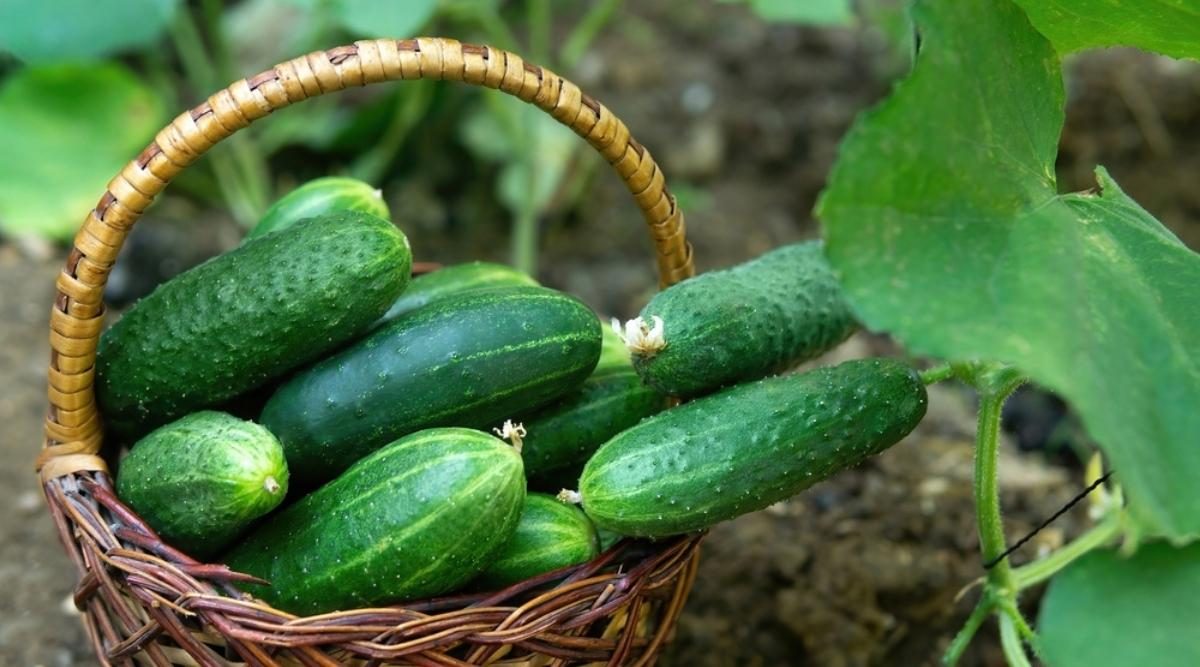

0 thoughts on “What Do Garden Spiders Eat”